This is the 12th essay of Global China’s “Lost in translation: Decoding Chinese strategic narratives” series. The full collection of essays can be found here.
Less than 20 days before the Asia-Pacific Economic Cooperation (APEC) summit in South Korea, economic tensions between China and the United States have once again escalated dramatically, casting serious uncertainty over the prospect of a bilateral meeting between U.S. President Donald Trump and Chinese President Xi Jinping during the summit. The long delay in arranging this meeting, along with the sudden turbulence surrounding it, underscores both the difficulty of managing U.S.-China relations and the new dynamics shaping the relationship.
The shift in Beijing’s calculus
From Beijing’s perspective, a successful meeting that produces mutually acceptable outcomes could stabilize the bilateral relationship and is highly desirable. Yet compared with the Trump administration’s first term and the four years under President Joe Biden, China’s attitude toward reaching a “deal” with Washington has undergone subtle but significant shifts.
Since Trump returned to office, U.S. foreign policy toward nearly every major power has experienced startling changes—including a dramatic escalation of tariffs on China after April. Having lived through the tariff wars of Trump’s first term and the Biden administration’s expansion of export controls, Chinese policymakers and analysts now broadly agree that although exports to foreign markets will remain important in the short and medium term, China’s long-term development will have to rely primarily on its domestic market and ultimately on indigenous innovation. The era in which China’s economic and technological progress depended heavily on integration with the United States and the West has effectively ended. While stable relations with Washington remain important, Beijing’s expectations have become more modest. The centrality of the U.S. relationship to China’s development strategy has weakened over the past decade—a trend reaffirmed during the past nine months.
Despite economic headwinds, Beijing’s policy measures since last September have begun to rebuild domestic business confidence. Recent technological breakthroughs have also reinforced a domestic conviction that deeper economic and technological decoupling from the United States is manageable.
Ironically, the Trump administration’s policy is forcing China to do the right things. Washington’s high tariffs are pushing China to restructure its economy, reduce overcapacity, and stimulate domestic demand. Export controls on advanced technologies are accelerating China’s pursuit of self-reliance and a more competitive innovation ecosystem. This sentiment helps explain why, when the U.S. government decided earlier this year to allow NVIDIA to sell its less-advanced H20 chips to China, many Chinese commentators argued that local firms should refuse them and instead channel resources toward homegrown alternatives.
As a result, Beijing’s negotiating posture has crystallized around a simple principle: a deal would be good, but no deal would not be disastrous. The tariff and rare-earth disputes since April have revealed that the Trump administration’s toughness often masks internal vulnerabilities. The latest round of contestation over tariffs and sanctions ahead of APEC once again shows that China no longer feels compelled to reach an agreement at any cost; it is negotiating from a position of greater confidence—seeking a fairer and more balanced outcome rather than concessions for their own sake.
This is precisely the backdrop of the latest escalation in economic tensions. Between September and early October, the Trump administration introduced a series of new policies targeting China. The U.S. Bureau of Industry and Security issued a new Affiliates Rule, bringing more than 3,000 subsidiaries of Chinese companies already listed on the Entity List and Military End-User List under the same export restrictions. Meanwhile, the Office of the U.S. Trade Representative imposed exceptionally high port service fees on Chinese-owned and Chinese-built vessels, a move that could slash the revenues of Chinese shipping companies by half. In response, China introduced unprecedentedly stringent export controls on rare earth materials and technology. This is the first time we have seen China apply a form of long-arm jurisdiction—learned from the United States—back on the United States.
Framework and transactions
Although it remains uncertain whether the Chinese and U.S. leaders will hold a separate summit in South Korea, a meeting between them within the next year still appears likely. The disputes we are witnessing now are, in essence, tactics and bargaining chips employed by both sides in their efforts to secure the most favorable outcomes in this ongoing strategic contest.
U.S. policymakers tend to focus on specific, concrete issues, while their Chinese counterparts emphasize the broader framework—a structure within which the bilateral relationship can remain stable and manageable.
American colleagues often ask what China hopes to achieve in a summit: a tariff deal, eased high-tech restrictions, or something else. The question reflects a deeper difference in the two countries’ strategic thinking. U.S. policymakers tend to focus on specific, concrete issues, while their Chinese counterparts emphasize the broader framework—a structure within which the bilateral relationship can remain stable and manageable.
From Beijing’s standpoint, the meeting itself is not merely a means to tangible outcomes; it is the most important outcome. A successful summit would allow both leaders to signal to domestic and global audiences that U.S.-China relations remain fundamentally stable.
In an era when predictability has become a scarce commodity in international politics, a message of stability from the two presidents carries extraordinary value. Trump has already indicated his intention to visit China in early 2026, and China’s leader may attend the G20 summit in the United States next year. A meeting in South Korea—or later—could thus mark the beginning of a process to restore a degree of predictability to the relationship.
Beyond presidential engagement, Beijing hopes to revive regular exchanges among government departments under high-level guidance. Diplomatic, military, and economic teams could resume frequent dialogues to address concrete issues. Many complain that such dialogues are inefficient—but inefficient dialogue is far better than no dialogue at all.
Among concrete issues, tariffs remain the most pressing. While tariff levels are unlikely to return to pre-2025 levels, a higher yet stable arrangement could bring much-needed predictability to both economies and global markets.
China may also expect Washington to ease high-tech export restrictions or, as U.S. Treasury Secretary Scott Bessent recently suggested, refrain from imposing new ones. Borrowing the “small yard, high fence” metaphor from the Biden administration, Beijing’s concern is not how small the yard is, but how often the fence moves. Constantly shifting rules create more uncertainty than a stable, high wall.
There are reports that Beijing might facilitate large-scale Chinese investment in the United States—a move that would benefit both sides if realized. The real challenge, however, lies in whether Chinese and global investors will have enough confidence to commit capital in an unpredictable U.S. policy environment. If Chinese companies are indeed able to invest in the United States, it would not only help transform China’s exports into localized production within the United States but, more importantly, it could enable China and the United States to rebuild a new and more balanced form of interdependence. This interdependence would differ from the one that has existed since the 1990s, in which American companies invested in China, China manufactured goods for export to the United States, and then purchased U.S. Treasury bonds. China-U.S. interdependence could thus become more equal and reciprocal.
Fentanyl is another important issue. The two sides made useful progress during the Biden years. For Beijing, the question is less about whether more can be done and more about Washington’s approach. Chinese officials perceive the Trump administration as driven by domestic politics—unwilling to acknowledge past bilateral cooperation and too eager to impose unilateral tariffs and demand performative actions from Beijing that appear tailored for the American political stage rather than substantive problem-solving. That said, counter-narcotics remains an area where the United States, China, and others can—and should—do more together.
Beijing will also expect the Trump administration to reaffirm the long-standing “One China” policy. Of course, China’s expectations on Taiwan go beyond reaffirmation. Yet given the issue’s complexity and sensitivity, a near-term breakthrough is unlikely. Most observers would agree that a precipitous pursuit of success on the Taiwan question by any party would be perilous.
Managing expectations, avoiding fatalism
It remains uncertain whether Trump and Xi will have a bilateral meeting in late October in South Korea. If not, the two presidents still have opportunities to meet in 2026. Most observers now hold modest expectations for any summit—and rightly so. Managing expectations and avoiding undue haste is sensible. But realism should not slide into fatalism. The trajectory of U.S.-China relations is not predetermined.
If a meeting in South Korea or a summit next year can launch a process of sustained engagement, and if both presidents maintain regular communication to prevent unexpected disruptions, their renewed interaction may create the political space necessary for a more stable and constructive relationship in the years ahead.
The Brookings Institution is committed to quality, independence, and impact.
We are supported by a diverse array of funders. In line with our values and policies, each Brookings publication represents the sole views of its author(s).
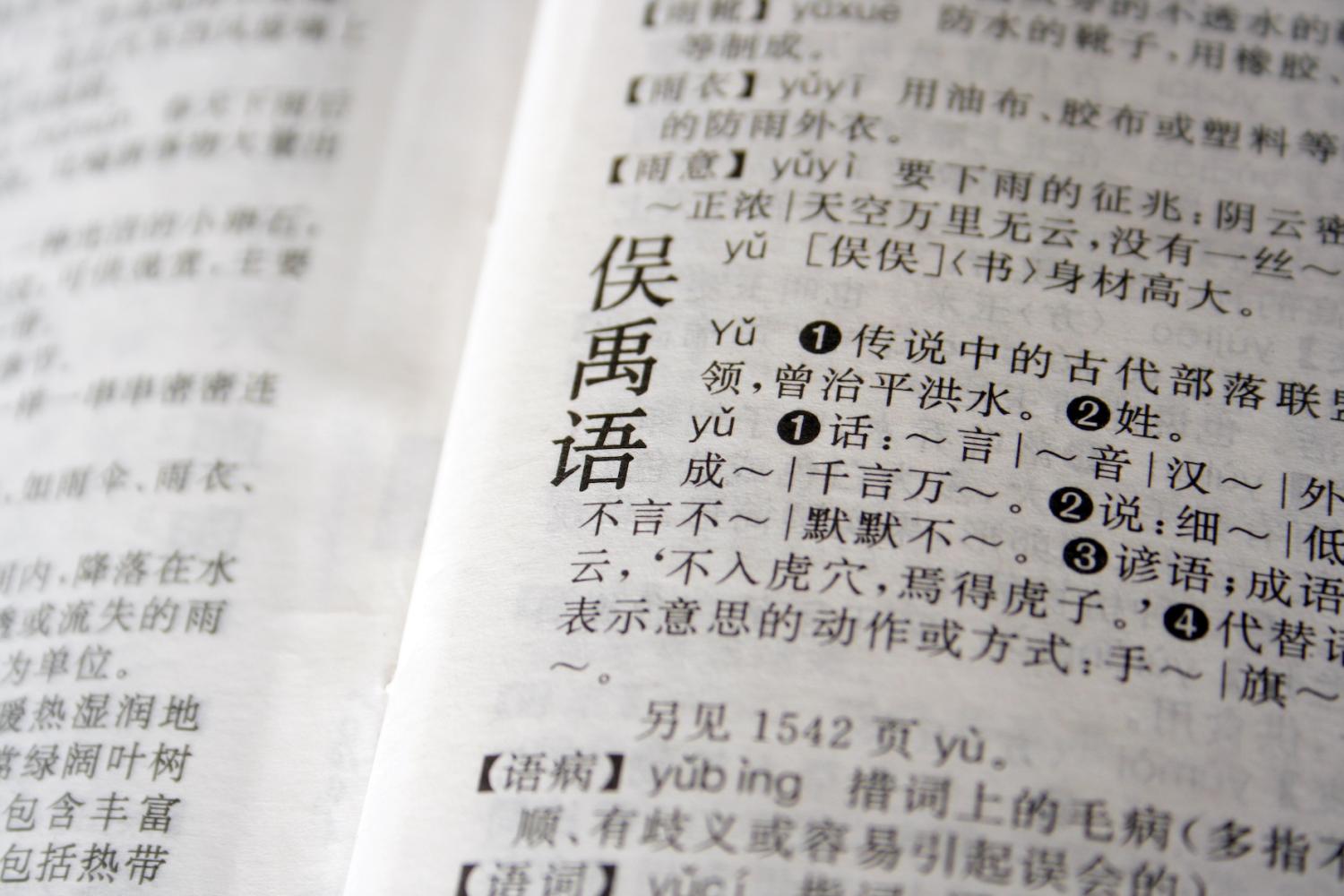
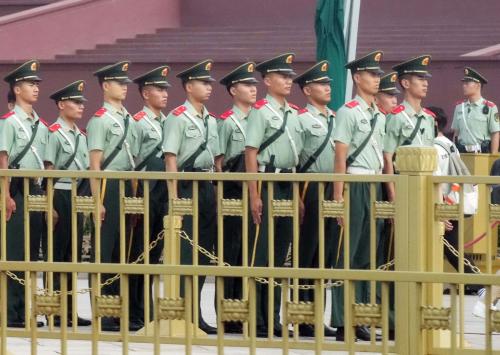
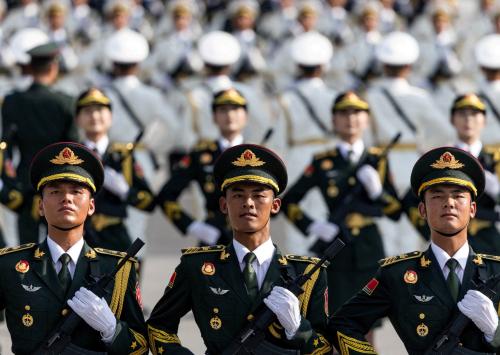
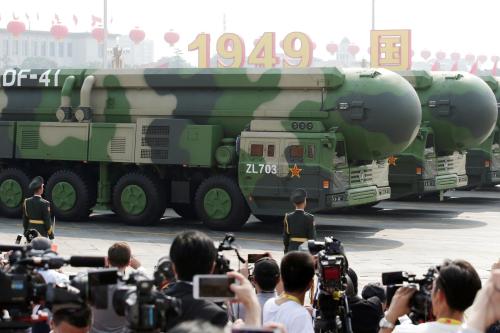
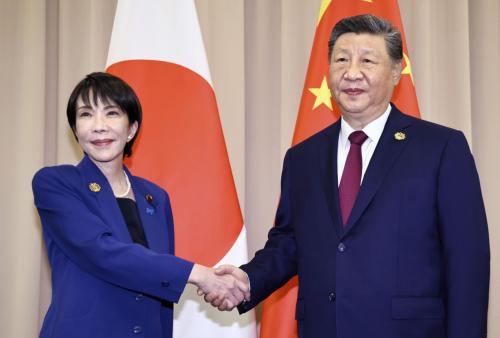
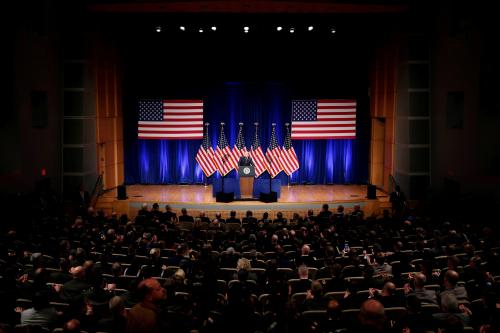
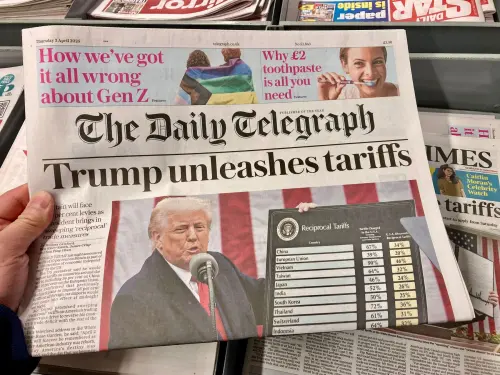
Commentary
What awaits the next Trump-Xi meeting?
Although the Chinese and U.S. leaders may not hold a separate summit in South Korea, a meeting between them within the next year still appears likely.
October 15, 2025